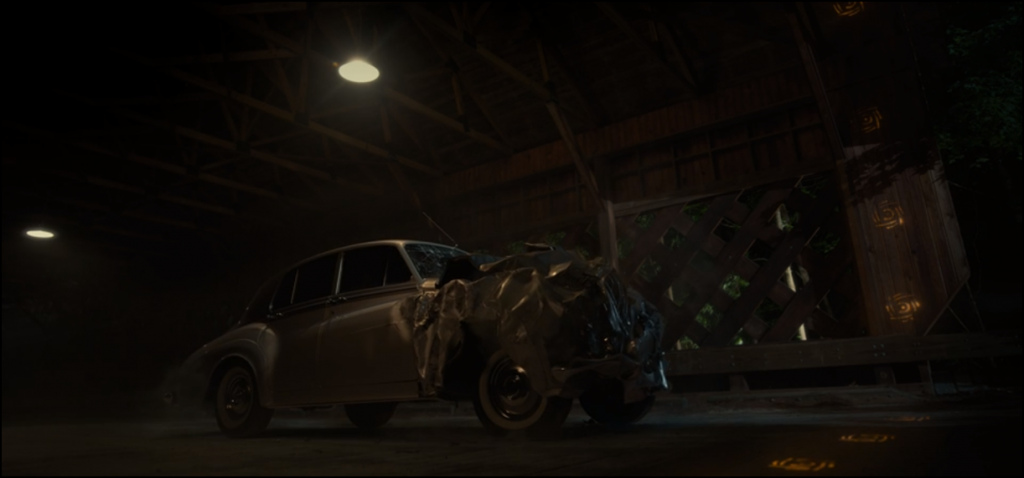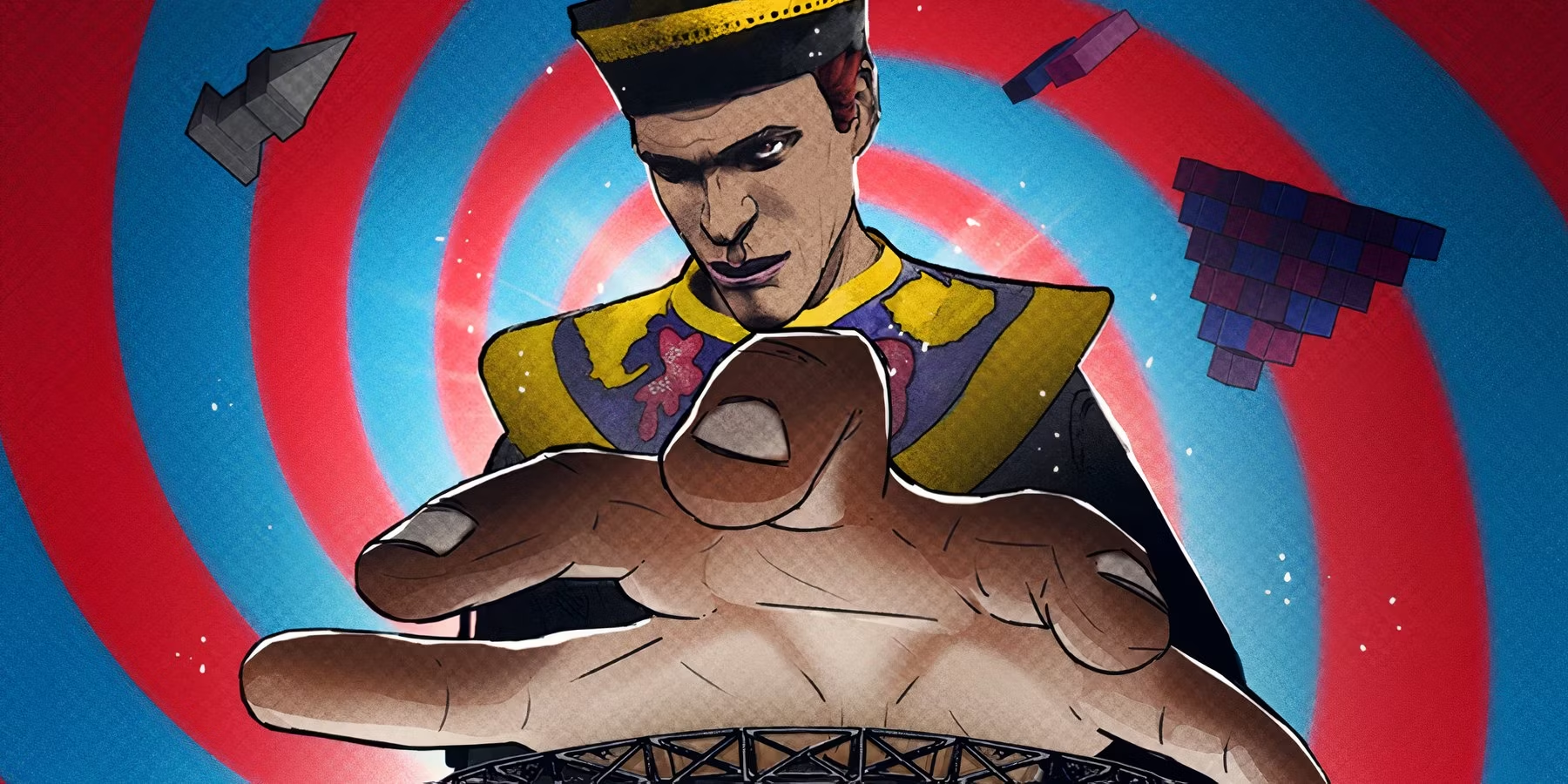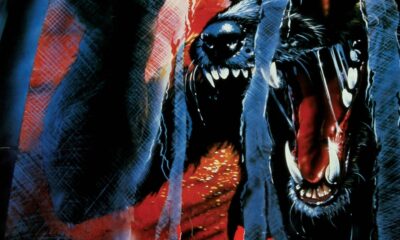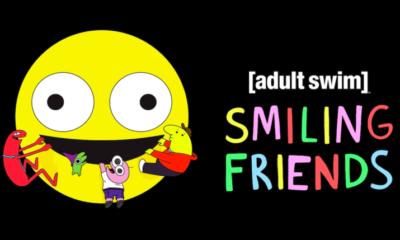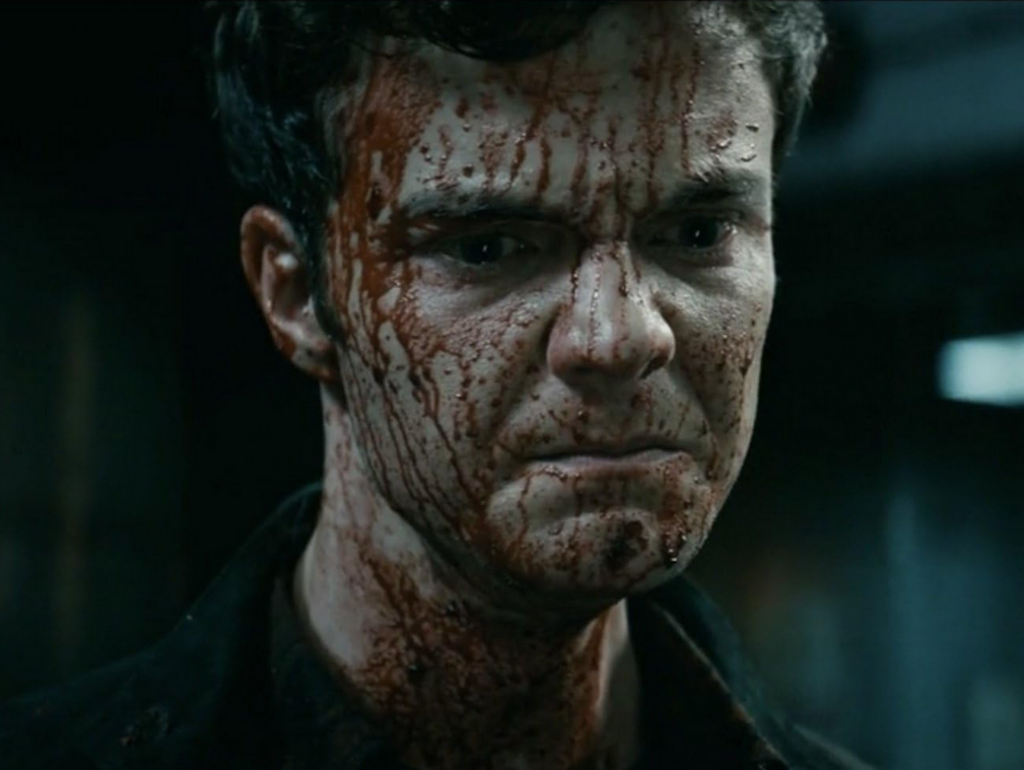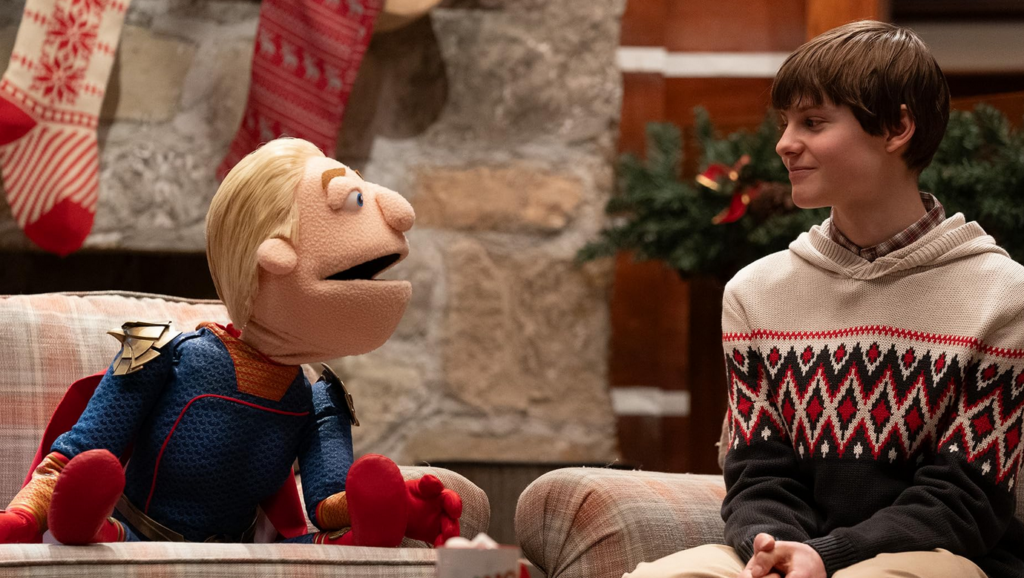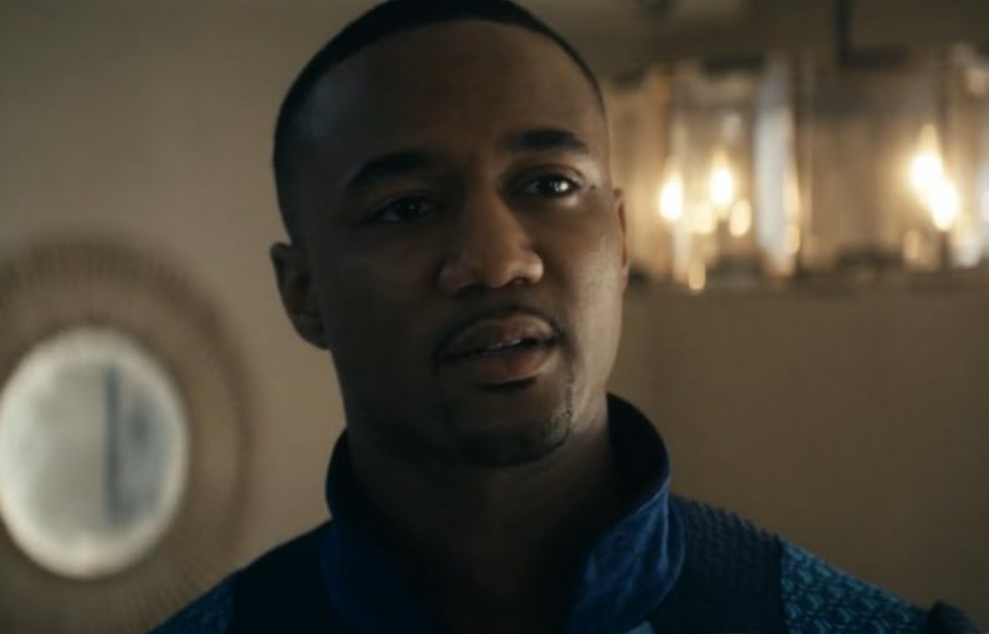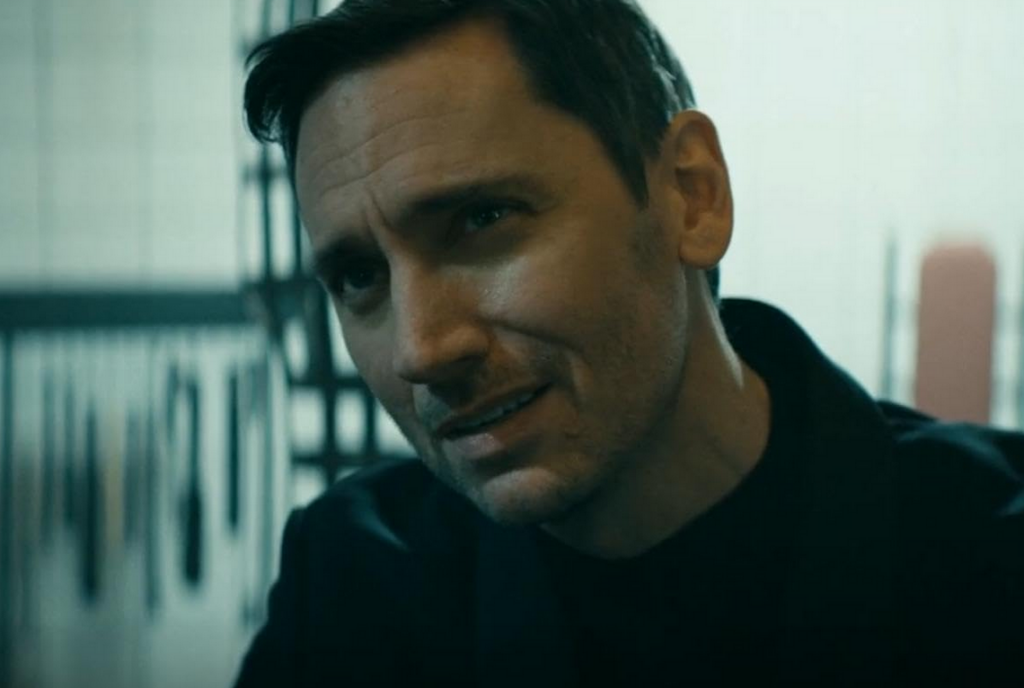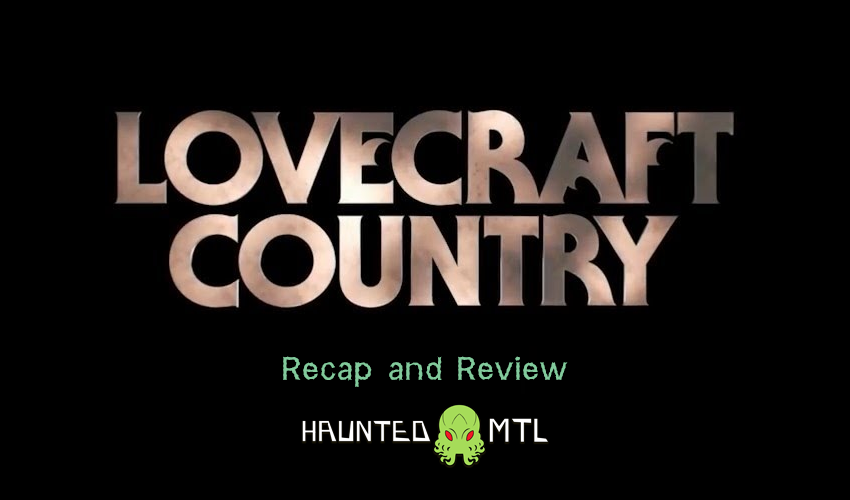
Lovecraft Country: S1E2
More Videos
Published
4 years agoon
Well that escalated quickly.
Welcome back to Lovecraft Country. We’re diving into the second episode in our recap and review series. Did the second episode live up to the pilot? Let’s find out.
The story so far…
In “Whitey’s on the Moon,” Tic, Leti, and George find themselves in the comfort on the gigantic Braithewhite lodge. Leti and George are quick to succumb to the material pleasures (accompanied by Ja’Net DuBois “Movin’ On Up”). Tic is less inclined and more suspicious, particularly given he seems to be the only one with a recollection of the Shoggoth attack the night before.
The trio is guided by and managed by William. He tries to pacify them until a specific event, but Tic’s compulsion to uncover his father’s location makes that difficult. Tic, Leti, and George visit the village of Ardham to find Montrose, Tic’s father, but Tic’s increasingly erratic behavior alarms his companions. Their memory loss only makes it appear that Tic is suffering from PTSD from his time in Korea. Following the sound of a whistle like the one heard in the woods, the trio stumbles onto a stone tower where it is obvious Montrose is being held. They are confronted, however, by a tiny, racist dog-keeper who manages to force them out of the area.
On their return from the village, George recalls something Tic’s mother had mentioned, about her ancestor, Hannah, who escaped her master’s home during a fire. The Braithwhite Lodge is a replica of the old lodge which burned down, and the ancestral Titus Braithwhite, a slave owner, is the likely source of Atticus’ own birthright to the Braithwhite family. After this revelation, they are saved from another Shoggoth attack by none other than Christina Braithwhite, who has bailed out the crew several times.
As the trio awaits the part in the planned event concerning the Order of the Ancient Dawn, who George learns about when he finds his way into a massive library, they are beset by psychological tortures and observed by the old, white members of the order in the lodge. George and Atticus are later invited to a dinner to celebrate the upcoming ritual Samuel Braithwhite has planned. There George and Atticus, having pieced together Atticus’ role in the ritual to open a portal to Eden, exert Atticus’s authority as the repository of the ancestral Braithwhite’s power as a direct descendent of Titus.
Able to get to the stone silo and rescue Montrose, finally, the mission almost goes south until Leti saves them from the dog-keeper. They then uncover Montrose’s secret escape tunnel, meeting him outside. The reunion isn’t happy as Montrose is a difficult father and explains he wrote his letter out of duress. In the escape from Ardham over the bridge, they smash into an invisible force field, wrecking the car the procured for the escape.
There, Leti and George are shot by Samuel who forces Tic to comply with the ritual. Christina, in the preparation for the ritual, commiserates with Tic and gives him a ring that seems to have been tampered with. The ritual itself channels energy through Tic’s body and opens a gateway, not to Eden, but what might be the past. Tic sees his ancestor, Hannah fully pregnant, and the ritual backfires, destroying Titus and the other members of the Order of the Dawn before collapsing the entire lodge. Atticus makes it out by following the path and vision of his ancestor, Hannah, who seems to be holding a special book.
Regrettably, however, George succumbs to his gunshot during the escape from the lodge and lies dead in the back of the car, cradled by Montrose.
How it worked out…
The second episode continues the “fun” streak established in the first episode but delivers little in the way of horror which might be disappointing for some Lovecraft fans. We get moments of full-on Magick including spells, rituals, and runic markings. It does establish fun mysticism in the show and though we do not spend a lot of time in Ardham, the village itself felt sufficiently time-locked. There is a lot of cool stuff referenced or caught in fleeting glimpses in the episode but little in the way of establishing mood or tension. Everything was so breezy and quick that ultimately the episode suffered. There was a lot that happened in this episode but by the end, I just felt like I had been denied a solid three or four-episode arc. The pacing of this hour was bizarre to me mashing in what seems to be what might account for an entire half-season in some other show to about one hour of run time.
The end result is not entirely pleasant. The reference to other chapters of the Order is a good sign, but to just kind of blow through the setting and some creepy intrigue seems to be a symptom of the Bad Robot-style of production. I mentioned last week that there was an Abramsification of Lovecraft and sadly the second episode seems to have doubled down on it. Thankfully, the show’s addressing of race and racism continues to be the strong-point.
Lovecraft’s work really only succeeds due to sustained tension. In that regard, Lovecraft Country is succeeding strictly because of how it is handling the anxieties around being black. Every interaction between Tic’s group and the white residents of Ardham carries that tension that grows and becomes horrifying. The monsters and magick end up as just fun window dressing, but it comes off as cartoonish than mysterious and mind-blowing.
The introduction of Michael Kenneth Williams and seeming departure Courtney B. Vance feels like a strange turn. Tic already has enough to deal with, killing off his uncle (and possible father) in order to bring in his emotionally distant father (who is possibly not his real father) just feels pointless. In a series driven so heavily by men of color, it feels needlessly cruel to eliminate one of the characters so suddenly. At least Game of Thrones used Sean Bean for a whole season. Courtney B. Vance gets dropped in episode two. There is probably a larger plan involved in George’s fate and we’ll probably be seeing him again in the season, but not having read the book and watching the show as a casual viewer, I can’t help but feel annoyed at what seems like an unnecessary death. I am looking forward to Michael Kenneth Williams in the weeks ahead, though.
Too bad it came at the cost of a such a strong character.
The reliance on CGI in the first two episodes is a problem as the artificiality of the show proves to be a bit too much in week two. Dodgy CGI involving a groin-snake and sweeping camera moves around the Braithwhite estate detracted from, rather than enhanced the story being told. CGI on a TV budget can look good, but the second episode missed the mark, wildly, seemingly pouring most resources into the Shoggoths and Tic’s dream sequence in episode one. The ritual sequence and subsequent destruction of the estate failed to impress.
The second episode stumbles with the monsters and mayhem but continues to handle the anxiety and trauma of the Jim Crow south with panache. At this point though, the series may be Lovecraft in name only. I rate Lovecraft Country‘s second episode “Whitey’s on the Moon” three Cthulhus.
 (3 / 5)
(3 / 5)
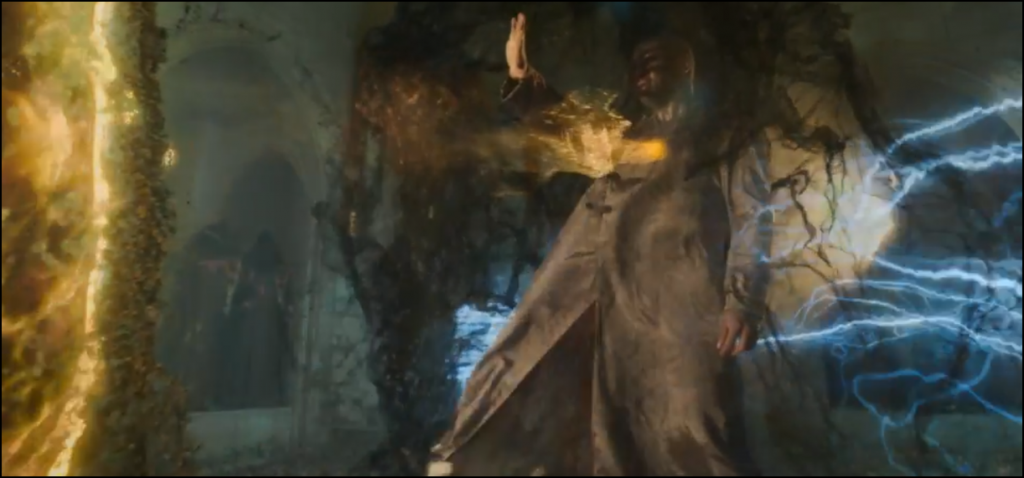
Miskatonic Musings
A lot of biblical references this week among other references to the Lovecraft canon and other literary works.
- Montrose directly mentions the Necronomicon before he is corrected by George.
- I am unsure how inspired by the Hermetic Order of the Golden Dawn (and Alastair Crowley) the show’s Order of the Ancient Dawn is inspired by, but given the pageantry, I’d argue this is very much a direct reference.
- Yes, that was a Wicker Man in Ardham.
- The Jeffersons theme still slaps. The show’s usage of anachronistic music is a wonderful touch. Gil Scott-Heron’s “Whitey’s on the Moon” punctuates the ritual scene. Quite a fitting mashup and brilliant, biting satire. Marilyn Manson’s “Killing Strangers” also really sells the trauma at the bridge.
- A reference to The Count of Monte Cristo is made when Tic’s Trio uncovers Montrose’s escape tunnel from the stone silo in Ardham. George references it directly.
- The House on the Borderland by William Hope Hodgson is mentioned directly by George as he is dancing with the illusion of Dora. It also seems to have inspired the plot of this episode.
- Weird fiction authors mentioned/referenced in this episode include Algernon Blackwood and Clark Ashton Smith.
- The biblical allusion to the snake and Eve shouldn’t be hard to miss, particularly when one interprets the snake as a phallic symbol as many scholars have.
- The biblical verse Genesis 2:19 drives part of the plot. It is also the title of a painting in the show by “Joseph Tannhauser,” but in reality, the painting is “The Naming of the Animals” by John Miles.
Do you think I might have been too harsh with Lovecraft Country? Let us know in the comments.
David Davis is a writer, cartoonist, and educator in Southern California with an M.A. in literature and writing studies.

You may like
We have come now to the finale of season four of The Boys. And while it didn’t have the literal blood fireworks I wanted, someone did get ripped in half in the air. So, that’s pretty close.
As a note, I will try to avoid spoilers as much as possible. This ending was a hell of a gut punch that should be experienced as blindly as possible. That being said, I will not be able to avoid spoilers and still give a full legitimate review. Proceed at your own risk.
The story
The main storyline for this episode is the attempted assassination of President-Elect Robert Singer. The Boys join forces with the Secret Service to protect him. But, as we learned last episode, Annie has been replaced with a shapeshifter. A shapeshifter that was welcome not just into Hughie’s anus, but into the protective bunker in which the President-Elect is hiding.
What worked
The first thing I want to discuss about this episode is the ending. But we need to do this carefully.
The important thing here is that the ending breaks your heart on so many levels. So many terrible things are happening to characters that it’s almost hard to keep track. And each moment is significant to each character.
I cannot give a specific example. But no matter who your favorite character is, you’re going to weep for them.
Unless your favorite character is Sage. And this is the next thing that made this episode so fantastic.
I don’t think I’m spoiling anything to say that Sage’s plans worked out exactly as she wanted them to. And she got exactly what she wanted.
What she wanted wasn’t power. It wasn’t money or fame or vengeance. It wasn’t to win the love of anyone. She just wanted to see if she could do it.
That is a terrific, terrifying motivation! Because all she wants is to play a massive game of chess with people as pieces. She doesn’t care about anyone. She just wants to see how many people she can manipulate. She just wants to set things on fire to see if she can.
Fantastic. A plus villain work.
The next thing I want to discuss is a cornerstone of the whole series.
The morality of The Boys shifts through the series. While it’s very much a battle to save the world from overpowered super monsters, it’s also a battle for the souls of our real heroes. And in that battle, there are two warring factors. We have Hughie, always trying to bring everyone up to a better level. And we have Butcher, who has no problem at all hitting rock bottom with a shovel in hand to do some more digging.
In this episode, we saw almost every member of The Boys challenged. Will they rise to their higher angels, or sink with their demons?
On a similar note, I am so glad that the writers kind of addressed my issues with Annie. They did this by having the shapeshifter get right into her face and accuse her of thinking that she’s better than everyone.
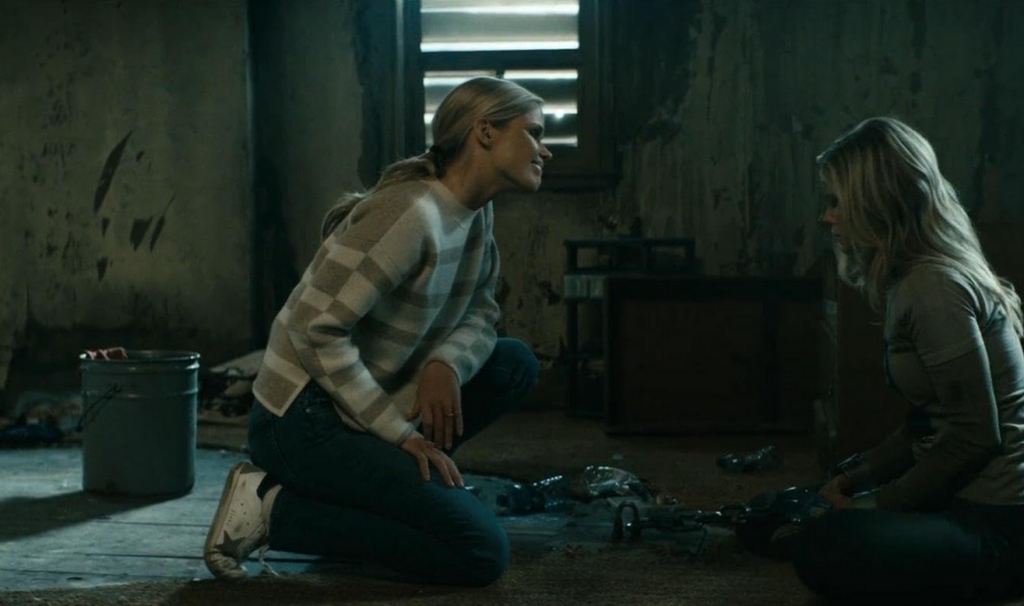
While that was devastating for the character, it was a little cathartic for those of us who felt like Annie was a little too good of a good guy.
What didn’t work
This is a small matter, but it is an issue that I want to address. After Annie finds out that Hughie slept with her doppelganger, she is furious at him.
In addition to this being unfair, it’s also a very cliche element to add. In almost every instance of a lookalike in fiction, there’s a moment where the love interest of the victim is fooled. Or almost fooled. And it’s always the same fight. It’s just played out and predictable. I’m just glad that it didn’t last very long.
Now that we’ve come to the end of the season, I can officially say that it was amazing. The story was deep and rich. The special effects were a stomach-turning good time. The character development was spot-on and satisfying. And, of course, it left me just about gagging to see what happens next. Unfortunately, it looks like we’ll have a bit of a wait. Because as of right now, the fifth season isn’t expected until 2026.

We’ve reached the second to last episode of The Boys, season four. And, as is appropriate for the penultimate episode of any show, things have to get a lot worse before they can get better.
Let’s discuss.
The story
Christmas is coming, and the whole world is getting ready. Ryan, despite being very clear that he didn’t want to appear on any TV shows or movies, has been strong-armed into participating in a Vought puppet Christmas special. He draws the line, though, when asked to sing about turning one’s parents in if they start talking about woke things.
Meanwhile, The Boys are trying to keep each other together. Butcher decides to take Sameer to the rest of the team. He also gets Frenchie out of prison, hoping they can make the Sup virus necessary to finally take down Homelander. Instead, this decision means disaster for one member of the team.
What worked
I first want to talk about Ryan’s speech near the end of the episode. Because it was exactly the moral of this whole story.
Ryan’s dad is a monster. His stepdad is also kind of a monster. But Ryan is a good kid. He cares about people, about family. And while he loves Homelander and Butcher, he doesn’t want to be like them.
Even better, this speech sounded like something a kid would say. Ryan didn’t open his mouth and start sounding like a college student all of a sudden. He sounds like a kid who misses his mom and wants to live up to the good standards she set for him. And I think that’s terrific.
Speaking of Homelander, he shot himself in the foot in this episode. I said earlier in the season that his hubris was going to be his downfall, and I was right. Without Sage, he just has the same weaknesses he’s always had. He’s going to fail because he just isn’t clever enough or patient enough to succeed.
Without Sage, I think a win is in the bag for The Boys. This isn’t to say that Homelander by himself isn’t dangerous. It’s just that he’s more like a wildfire than a controlled burn. He’s going to cause a lot of damage, but not get anything he wants out of it.
More’s the pity for him and everyone else who has to share his world.
Finally, I am thrilled with A-Train’s redemption story. I love that he wants to be a good person not to save himself, but to be a good person. His honest, pure and warm reaction to that little kid smiling at him in the last episode was heartwarming. It changed him in a moment, bringing to light a goodness that he’s been keeping under wraps for a long time.
This, along with Ryan’s courageous speech, proves once again what The Boys does so well. Yes, it’s gruesome. Yes, there’s blood and balls and batshit events. Yes, someone occasionally gets ripped in half. But there is a true human goodness in the story. One that we catch glimpses of. There are good people among the monsters. There is hope for redemption.
What didn’t work
Of course, so few things in this life are perfect, and this episode was no exception. For instance, I was irritated by the insinuation that Butcher cheated on his wife.
That just doesn’t make any sense. We’ve seen flashbacks of Billy and Becca. They were happy. He was happy. He was head over heels for her. And I don’t think it’s realistic or necessary for the character to throw in that he cheated. It does nothing to add to the story, it’s just a weird and offputting moment.
Doesn’t Butcher have enough to hate about himself? Can’t we just give him that at least he was a good husband?
Finally, I kind of hate that we ended up with Annie being caught. It’s just cliche, which is something I don’t normally say about this show. It feels lazy unless they do something very clever with it in the last episode. Which, I suppose, they might.
Next up is the season finale. And with this season being as insane as it has been, I’m expecting nothing short of bloody fireworks. And I mean literal fireworks of blood. At this point, would it surprise anyone?
 (4 / 5)
(4 / 5)
Episode six of The Boys was one of the most surprising episodes of the series so far. And that is certainly saying something. Because this season has so far been bonkers.
The story
Our episode today revolves around a party at Tek Knight’s lovely mansion. Yes, it does look just like Wayne Manor.
The Boys know that Tek Knight is working with Homelander on something, but they don’t know the details. So they decide to send Hughie in to bug the mansion.
Because that’s worked so well the other two times he’s tried to hide a bug!
It should surprise no one that this time goes no better. Hughie finds himself in Tek Knight’s basement. And by that I mean his BDSM dungeon.
Meanwhile, the party upstairs is no less disturbing. Homelander and Sage are trying to convince some well-off political donors to support a cue after the election. When pressed for details on his plan, Homelander freezes. He looks to Sage for help, but she wasn’t recently shot in the head and still in the junk food stage of her healing.
Fortunately, or unfortunately depending on your point of view, Neuman jumps in and saves the day.
What works
If I’m going to say one thing about this episode, it didn’t hold back at all. I didn’t expect them to show a character masturbating, sitting their bare behind on a cake, or spraying breastmilk into someone’s face. But every time I thought they’d cut the scene and let something be left to our imagination, they did not do that.
This is a dangerous move. Whenever you show the monster, you run the risk of them not being scary enough, or gross enough. As Stephen King says in Danse Macabre, to leave this sort of thing to the imagination if the reader makes things so much worse. So when they finally experience the monster, they might say that this isn’t so bad. It could have been so much worse.
But in this case, they managed to avoid that by making the scenes, especially the ones in Tek Knight’s dungeon, so much worse than I imagined it would be.
What doesn’t work
While this was a deeply disturbing episode in many ways, there was one really innocent and sweet moment.
And yes, I did have a problem with it.
Confronted by Firecracker, Annie decides to apologize for spreading rumors about her when they were kids. She tells her that she is genuinely sorry.
And I believe her. I don’t think Firecracker did, but I did.
So why is this an issue? Because I’m starting to think that Annie is maybe too nice. She is too good.
I know that Annie is our good guy. But every one of the other good guys has flaws. Hughie let his pride get in the way and took Temp V. MM hid himself from his daughter instead of teaching her to work through her emotions. Kimiko is far too closed off and has a hard time trusting others. Frenchie numbs himself with drugs. And well, what hasn’t Butcher done?
It is unrealistic that Annie is just so kind and so flawless. We all have shadows in our personalities. We all have weaknesses, we all mess up. We all do things we wish we could take back. The fact that Annie doesn’t seem to have anything like that is not just unrealistic. It’s infantilizing.
Give her some deep dark secrets. Give her something real to regret.
This was a shocking episode, even for someone fairly jaded like me. I wasn’t expecting the sort of weird sexual depravity, though I guess maybe I should have seen it coming. It was dark, upsetting, tense, and funny as hell. And with just two episodes left in the season, I can imagine the stakes are only going to get higher.
 (4 / 5)
(4 / 5)
By the way, if you like my writing you can get my short story, Man In The Woods, on Smashwords and Amazon.


